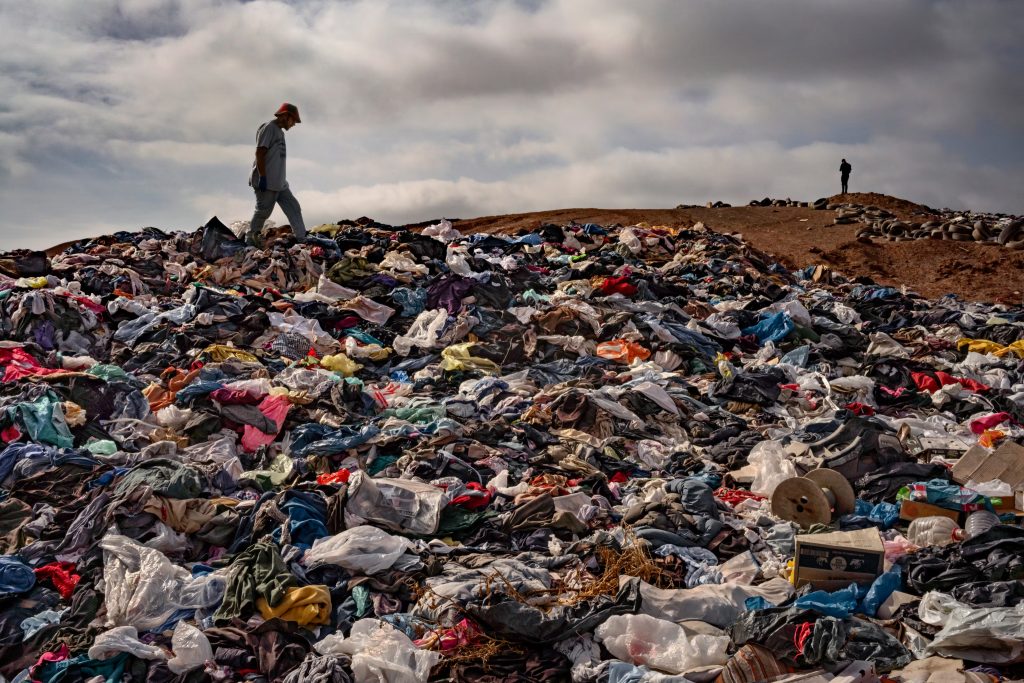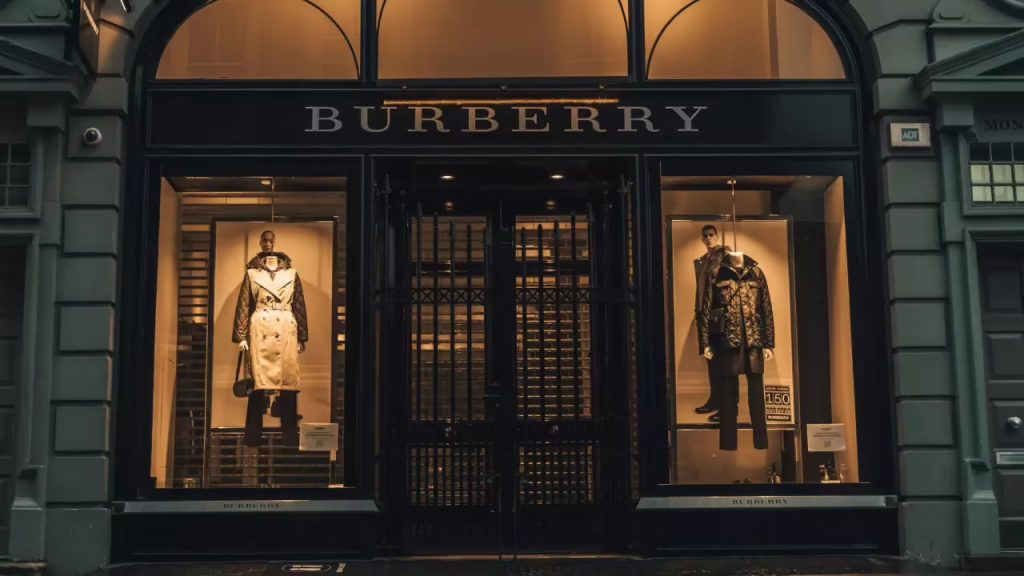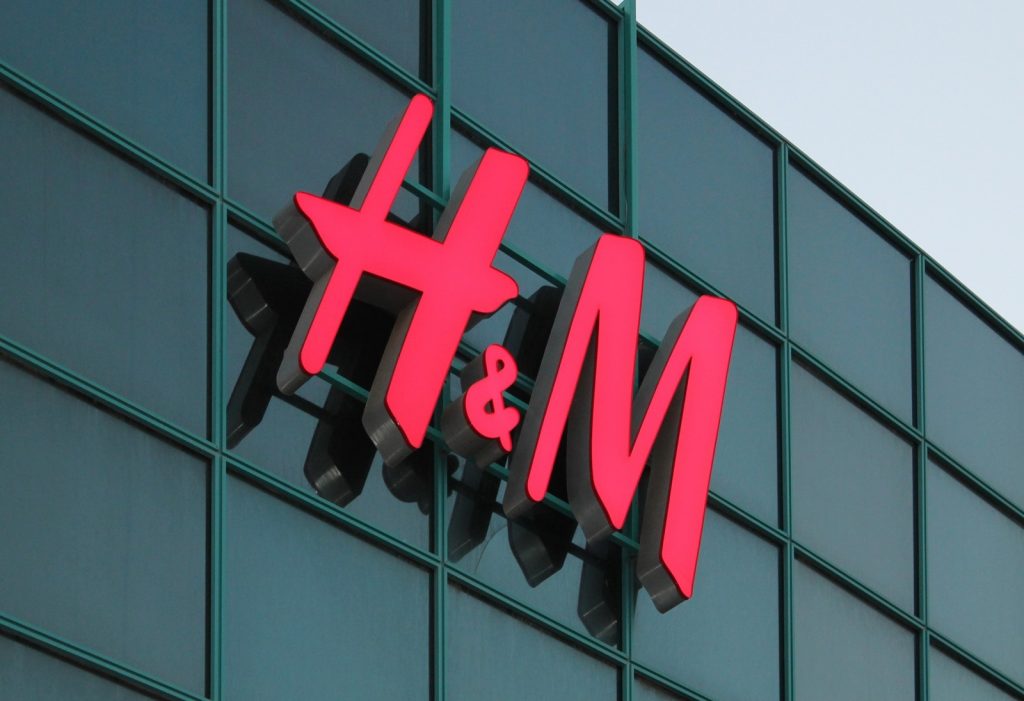By Muhammed İsmail Uçar

In 2023, the mountains of discarded clothes in Chile’s Atacama Desert caused by the fast fashion industry left a lasting mark on our collective memory. There’s a common misconception that textile waste only refers to old or used clothes, but when we include unsold inventory and surplus production scraps, we uncover one of the fashion industry’s darkest and most overlooked problems: deadstock. According to Earth.org, around 92 million tonnes of textile waste is either landfilled or incinerated every year. The causes behind this waste are fast-changing trends, mandatory minimum order quantities, and luxury brands choosing to destroy products to protect their image. “The reason they don’t really like to talk about how much product they have is because it’s the dirty secret of the industry,” says Francois Souchet. While overproduction might seem profitable in the short term due to lower marginal costs, the long-term environmental damage should not be ignored.

The Luxury Brands Paradox
Although we usually associate deadstock with fast fashion brands, luxury labels are far from innocent. Luxury houses often burn their unsold products claiming to preserve brand value and prestige. In 2018, Burberry admitted to destroying £28.6 million worth of unsold stock, sparking widespread backlash. A former employee from Burberry’s New York showroom said: “My job, with many other people, was to toss every single piece in boxes from hundreds of racks so they can send it to burn the unsold collections. It was killing me inside because, as a vegan, seeing all that leather and fur went to waste and these animals had to die for nothing. I couldn’t stay there any longer.” So why are these products burned? Because luxury brands avoid selling through discount or secondhand channels, fearing it could harm their brand image. As Jasmine Bina, CEO of Concept Bureau, explains: “Typically, luxury brands rally around exclusivity to protect their business interests – namely IP and preservation of brand equity.”

The Fast Fashion Dilemma
Deadstock is not limited to luxury. In 2017, H&M, a brand often vocal about sustainability, was revealed to have incinerated 12 tonnes of unsold garments. A year later, it reported having $4.3 billion in excess stock. Their solution was to lower prices and encourage more sales—ironically leading to more consumption and waste. A recent WRAP report shows that despite improved manufacturing efficiency, the fashion industry produces so many garments that the environmental benefits are essentially canceled out.

Toward Solutions: How Resale and Circular Models Are Shifting the Narrative
As sustainability becomes one of the industry’s key concerns, more and more brands are turning to RaaS (Resale-as-a-Service) to give products a second life, working with platforms like ThredUp and Vestiaire Collective. Even brands like Burberry—once infamous for burning stock—as well as Gucci, Alexander McQueen, and Chloé now resell their items officially through Vestiaire. According to Vestiaire’s latest circularity report, transitioning to a circular model could save 143 million tonnes of CO₂ by 2030.
Conclusion
The RaaS model doesn’t eliminate the problem entirely—it only softens the consequences for now. Overproduction still makes economic sense for many brands, so why would they stop? Unless consumers act more consciously and demand greater transparency, deadstock will continue to be fashion’s dirtiest secret. Platforms like ThredUp and Vestiaire may be our most effective tools today, but if the fashion industry truly wants a greener future, it must first ask why it produces so much in the first place.
References
https://recovo.co/en/blog/article/deadstock-fabrics-challenges-opportunities
https://therobinreport.com/thredup-and-vestiaire-lead-in-second-hand
Some content in this article was originally written in Turkish and translated into English using AI-assisted tools for clarity, tone, and coherence.
Leave a Reply